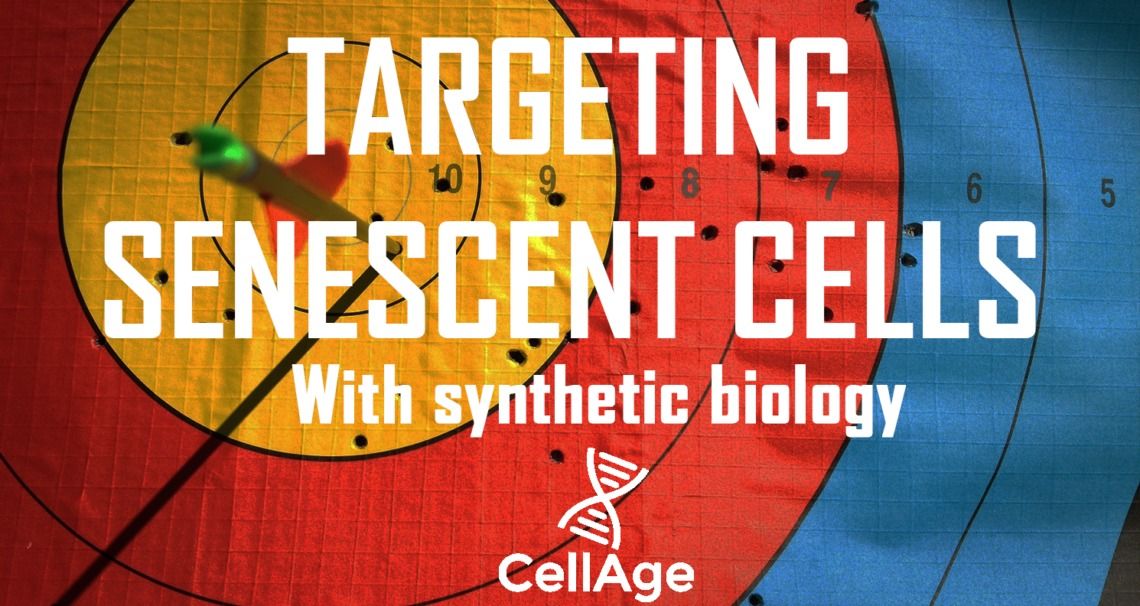Jan 11, 2017
Glia, not neurons, are most affected by brain aging
Posted by Steve Hill in categories: biotech/medical, life extension, neuroscience
The microglia are central to aging in the brain and science is already finding ways to reverse it like introducing young microglia to the brain to remove plaques associated with Alzheimers. Brain aging is not a one way process!
The difference between an old brain and a young brain isn’t so much the number of neurons but the presence and function of supporting cells called glia. In Cell Reports on January 10, researchers who examined postmortem brain samples from 480 individuals ranging in age from 16 to 106 found that the state of someone’s glia is so consistent through the years that it can be used to predict someone’s age. The work lays the foundation to better understand glia’s role in late-in-life brain disease.
“We extensively characterized aging-altered gene expression changes across 10 human brain regions and found that, in fact, glial cells experience bigger changes than neurons,” says Jernej Ule, a neurobiologist at the Francis Crick Institute and the University College London, who led the study with departmental colleague Rickie Patani (@PataniLab) and first author Lilach Soreq. “There’s quite a bit of regional information that will be of interest to different people—for example some will notice a very unique pattern of astrocyte-specific changes in the substantia nigra—and we provide a lot of data that still needs to be analyzed.”
Continue reading “Glia, not neurons, are most affected by brain aging” »















